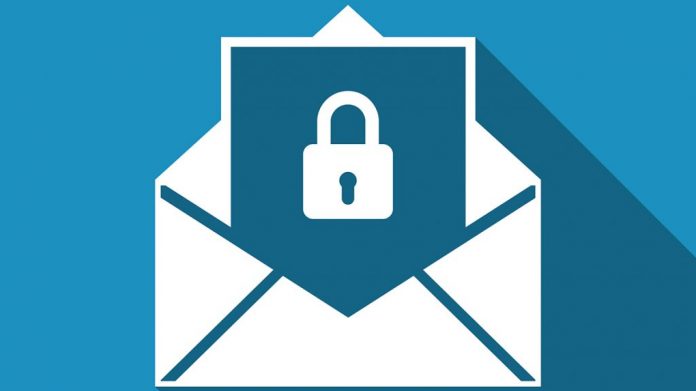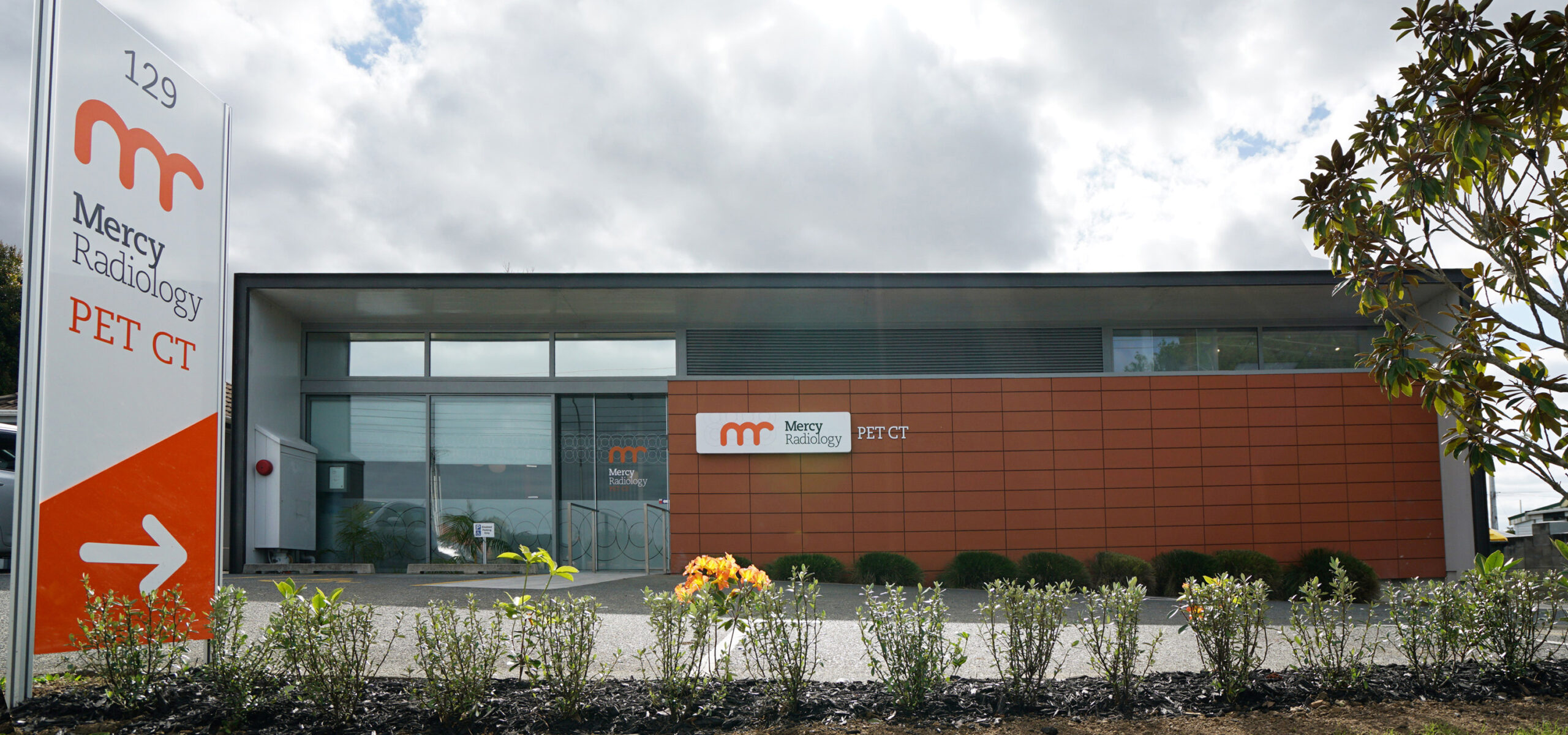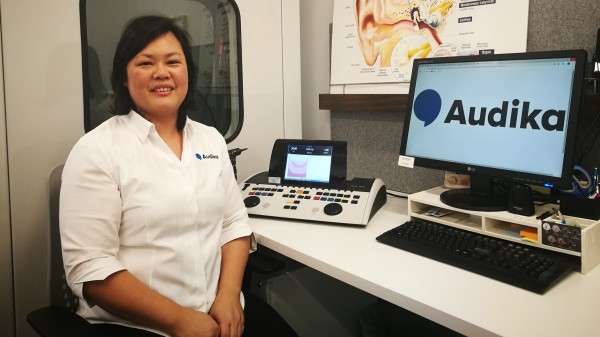From one end of Australia to the other, My Aged Care e-Referrals are saving health professionals precious time so they can focus on what really matters – looking after patients.
The Australian Government’s My Aged Care service is the entry point for older Australians to access government-funded aged care. General practices play a key role in supporting patients to access these services.
My Aged Care introduced e-Referrals to support practices by making the process easier for healthcare workers around the country to refer their patients for an aged care assessment.
Chandler’s Hill Surgery near Adelaide in South Australia was part of the 2019 pilot programme trialling My Aged Care e-Referrals (which are powered by HealthLink) and has continued using them ever since.
Nurse manager Casey Franchi, who’s worked at Chandler’s Hill Surgery for five years, uses e-Referrals on a regular basis. The surgery uses the Best Practice PMS (practice management system).
“They are so easy to use and save so much time. All the patient details are pre-populated, which makes filling it out so much faster, more accurate and more efficient.”
Prior to e-Referrals, Casey used the My Aged Care website to send referrals.
“The website referral is time-consuming compared to e-Referrals because you have to manually type all the patient details in from their file, which can also lead to transcription errors.”
Casey says e-Referrals are so quick and easy to use, she can fill them out during a patient consultation and ask the patient questions while they are there.
“With the website, because it was time-consuming, I’d have to fill the referral out after the patient had left because it required a big chunk of my time to do it. And then if I needed to ask them a question, I’d have to contact them.”
Another benefit of e-Referrals is how easy it is to attach files.
“The e-Referral is in the patient file so you can easily and securely access any documents to upload to back up the referral.”
She says she can’t imagine life without e-Referrals.
“Life is so much easier now and I would recommend them to any general practice. The time saved means I can focus on the important stuff like caring for patients and not on filling out forms.”
My Aged Care director of online services and communication Kylie Sauer says e-Referrals have improved healthcare workers’ experience by offering better integration into their existing workflow and taking away the need to exit their PMS to send a referral.
“Sending a referral by fax or the My Aged Care website takes longer. By pre-populating patient information and GP details, e-Referrals are the fastest and most efficient way to refer patients to My Aged Care,” she says.
“Faxes are particularly slow to process, which results in patients waiting longer to be referred for an assessment.”
Warragul Family Medicine also saving precious time
Warragul Family Medicine in Victoria, which also uses Best Practice, has been using My Aged Care e-Referrals since December 2019.
Allied health assistant and medical receptionist Marcia Rollinson previously sent referrals via the My Aged Care website but can’t imagine going back to that method.
“I love e-Referrals. The pre-population of patient details is fantastic and saves me so much time. That’s the best part of the form because it’s so quick and easy.”
She also likes that e-Referrals are automatically saved back into the patient file.
“Previously, I’d have to save it externally somewhere or print it out and have a hard copy file, which was a hassle and not very secure.”
Being able to easily track back electronically to see when an e-Referral was sent is another bonus.
“Previously I’d have to try to think back or go through hard copy files, which was a pain.”
Marcia works two-and-a-half days a week and estimates she saves about an hour a week by using e-Referrals.
She also likes that she’s prompted if she misses a tab that needs to be filled out.
“For some reason there’s one tab I always forget to fill out, but it always prompts me at the end to fill it out, so nothing is missed.”
Did you know?
My Aged Care e-Referrals take about 5 minutes to complete and are processed instantly once successfully submitted. This makes e-Referrals the quickest and easiest way to refer patients to My Aged Care.
Here are our user guides which will help you get started:
Best Practice
Medical Director Clinical
Genie Solutions
Medtech Evolution (User guide coming soon)
For more information or technical support regarding the e-Referral forms, please contact the HealthLink help desk on 1800 125 036 (Option 4) or email helpdesk@healthlink.net
For more information about My Aged Care, please visit https://www.myagedcare.gov.au/health-professionals




